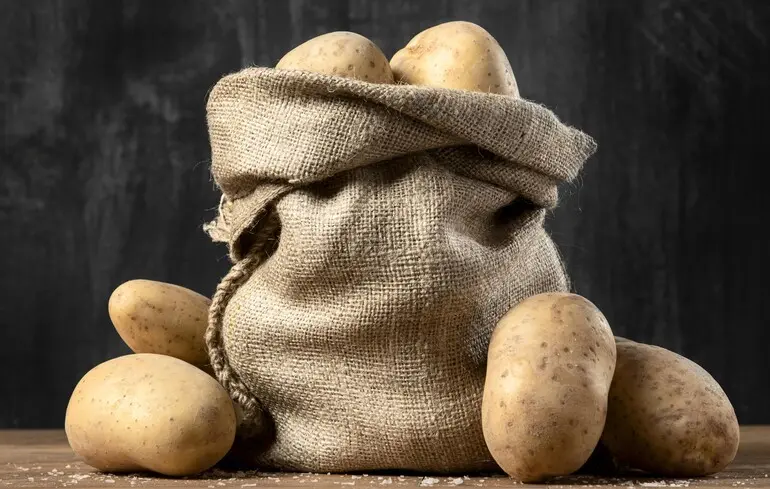Planning for Winter Potatoes: When and How to Secure the Best Harvest Deals

This year in Ukraine, the agricultural sector is experiencing a promising trend in potato cultivation.
The planting areas have significantly increased, driven by high prices in the previous season and the active expansion of production among large and medium-sized farms.
According to the Ukrainian Association of Potato Producers (UAVK), the acreage under potatoes this spring has grown by approximately 20%, and in many farms, yields are giving reason for optimism.
However, the harvest is still ongoing — currently, only about half of the planned areas have been dug up, and final figures will be available only at the end of the season.Most farmers have already reported an increase in yield compared to last year — sometimes up to 30%.
This indicates that the current harvest exceeds last year’s in both quality and quantity, creating an oversupply in the market and putting downward pressure on prices.
According to wholesale market data, since early September, prices have remained stable: in Lviv at “Shuvar,” potatoes cost about 12.5 UAH/kg, while in Kyiv, prices range from 12 to 15 UAH per kilogram.
Similar price levels persisted into mid-September.Expert Olha Samoylichenko from the Ukrainian Potato Producers Association named late September to mid-October as the most advantageous period for purchasing potatoes.
During this time, prices are the lowest because many farmers are compelled to sell their harvest quickly due to the lack of storage facilities.
However, as harvesting concludes and cold weather sets in, prices may rise again due to reduced supply.Imports also influence the market, with initial shipments of Polish potatoes already crossing the border.
The export price from Poland is approximately 6 UAH/kg, which remains competitive even considering logistical costs, thus applying additional pressure on Ukrainian producers and stabilizing prices.Nevertheless, longstanding issues hinder the industry’s development.
Weather conditions and the lack of irrigation infrastructure make potato production vulnerable.
Ukraine relies heavily on imported seed material: over 50% of seed potatoes come from Germany, about 35% from the Netherlands, and more than 10% from Poland.
Only a few Ukrainian companies have their own breeding varieties.Farmers are actively harvesting, fearing adverse weather conditions that could complicate storage.
The expert warns that with the onset of frosts and heavy rains, much of the harvest will lack proper storage, leading to decreased market supply and potential price jumps or increased reliance on imports.
Without adequate storage facilities, Ukraine risks becoming dependent on imported potatoes for winter consumption, exposing the sector to significant vulnerabilities.

